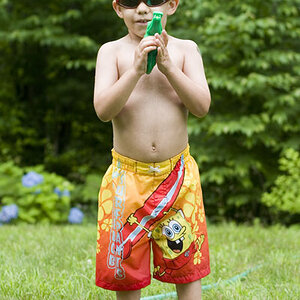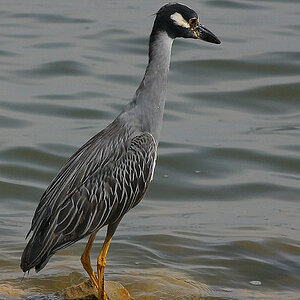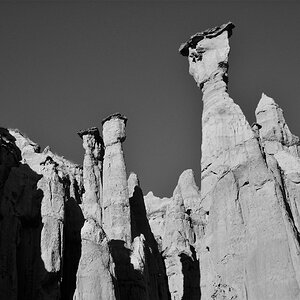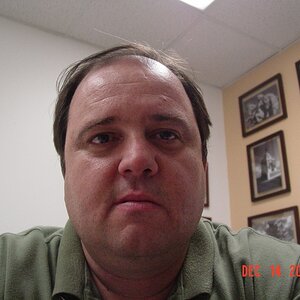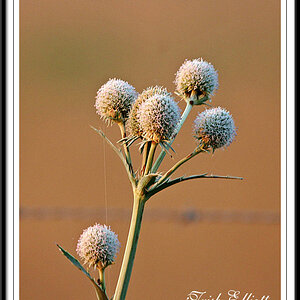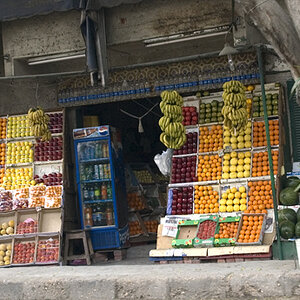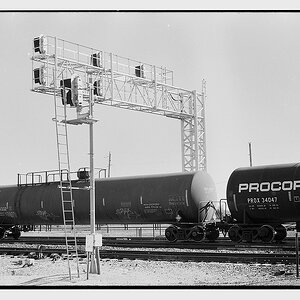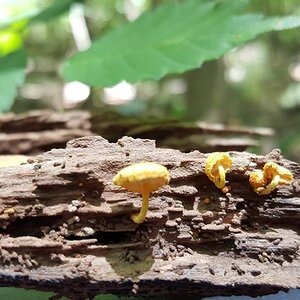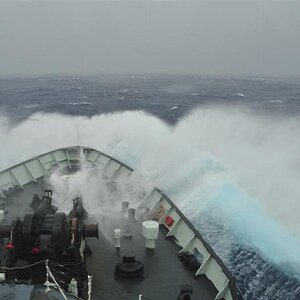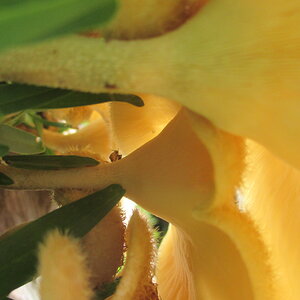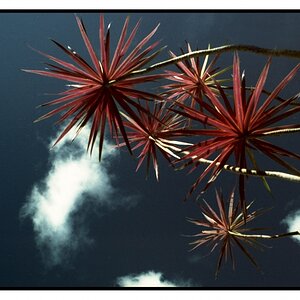mrwardoser
TPF Noob!
- Joined
- Jun 11, 2006
- Messages
- 10
- Reaction score
- 0
Hey,
I am looking to improve some catalog photography I am doing.
The pictures I am creating are ok but I want to improve them (see below)
The set up I am using is a white background with two lights on the background with the subject in front and a large soft box front on to the subject. The camera I am using is a Cannon EOS. Im using a trigger to set the flashed off on the lights and stand underneath the soft box or just to the side of it!
I would love it if someone could advise me on how to get the photos like the second picture, it looks lighter, sharper and more alive to me??
What I have done:
http://www.phixclothing.com/womens-...green-by-club-l-p-3360_35_39.html?cPath=35_39
What i am trying to achieve:
http://www.arkclothing.com/Superdry_Girls_Pink_Tokyo_Raglan_Top2.html
Thanks
Byron
I am looking to improve some catalog photography I am doing.
The pictures I am creating are ok but I want to improve them (see below)
The set up I am using is a white background with two lights on the background with the subject in front and a large soft box front on to the subject. The camera I am using is a Cannon EOS. Im using a trigger to set the flashed off on the lights and stand underneath the soft box or just to the side of it!
I would love it if someone could advise me on how to get the photos like the second picture, it looks lighter, sharper and more alive to me??
What I have done:
http://www.phixclothing.com/womens-...green-by-club-l-p-3360_35_39.html?cPath=35_39
What i am trying to achieve:
http://www.arkclothing.com/Superdry_Girls_Pink_Tokyo_Raglan_Top2.html
Thanks
Byron



